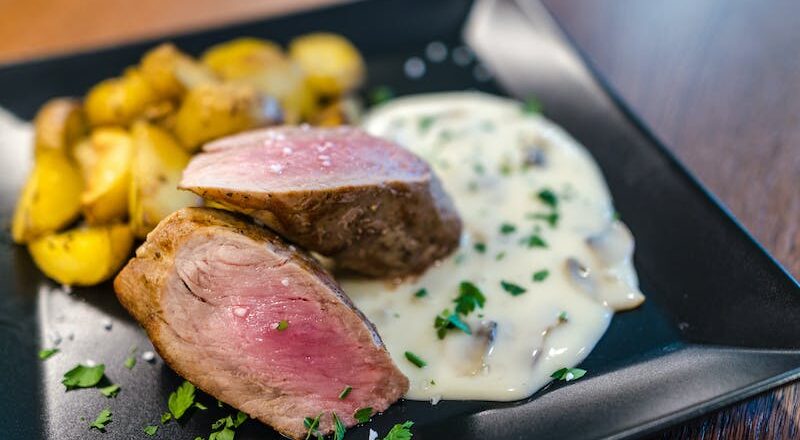
Heme iron, red meat, cancer: the association does not exist
According to a critical review of the studies taken into consideration by the IARC and its many methodological inconsistencies, the association among heme iron, red meat and cancer does not exist. Let’s see why.
Red meat is one of the richest and most reliable food sources of heme iron, which is the most assimilable and biologically most useful form to our vital functions compared to non-heme iron. This endogenous meat compound has however been identified by IARC as a component that could theoretically be responsible for the initiation or promotion of colon cancer, mediated through the formation of nitrosamines and / or lipid oxidation. Today, however, thanks to a critical review of the studies taken into consideration by the IARC, we finally know that the association among heme iron, red meat and cancer does not exist.
The IARC itself in defining red meat as “probably carcinogenic” only on the basis of 14 cohort studies, had already admitted the limits of this association in humans: limits that also emerge from the study published in 2018 in the journal “Food and Chemical Toxicology” in the specific case of heme iron, on which in vitro studies, animal studies and clinical studies to explore the mechanisms of action have been conducted. What emerges from this review is a methodological problem that has never been highlighted before: the non-congruence between the environment, the dosage and the separation of heme iron or haemin as if they were active ingredients. In practice, the authors have used toxicological protocols as if heme or haemin were “exogenous” active ingredients, whereas in reality they are components of a much more complex matrix, such as food.
The review found that most animal studies and even clinical trials used red meat quantities that far exceeded those recommended by all nutritional guidelines and therefore with exaggerated and unrealistic levels of iron exposure. This meant not only the intake of red meat quantities up to 3 orders of magnitude higher than the recommended doses, but also combined with poor calcium diets and high “bad” fats, conditions designed specifically in the laboratory to recreate optimal situations for the production of harmful free radicals with high oxidative power, but not responding to the reality of a healthy and balanced diet.
In vitro studies also overdosed the heme iron and moreover they were conducted in an aerobic environment, while to the rats used for in vivo studies, haemin or haemoglobin were directly administered even in doses 11-360.724 times higher than those contained in the nutritional recommendations of meat red, responding to diets with 1.5-3.5 kg of meat, quantities far away from the realistic ones actually taken on a normal diet. In fact, by bringing the levels back to a normal condition, together with the supplement of calcium and olive oil and therefore with antioxidant protective compounds, the neoplastic formations and the cytotoxicity effects have been completely cancelled, confirming the importance of considering the diet in its entirety as it would be in reality.
To increase the critical points and the methodological inconsistencies there is also another consideration that deserves attention: the nitrous compounds that are generated by the excess of heme iron in the diet are not all the same and not all of them have tumorigenic power. In particular, it has been shown that those generated after the ingestion of red meat in humans are not harmful, because they consist of 83-86% of nitrosyl iron complexes and nitrosothiols, which are not associated with the formation of carcinogenic DNA adducts, because they present a very different chemistry from the other species of N-nitrous compounds, exonerating red meat once again.
Furthermore, in the revised studies there was also an active role of the intestinal microbiota in the iron-induced hyper-proliferation of colon cells, raising doubts about the extrapolation of results in rodents for humans, considering the profound intrinsic differences in the microbiota that make it not correct or even impossible to directly report the effects obtained in rats directly to humans. In conclusion, all current reviews of the methodologies used in the studies considered by the IARC, did not provide sufficient evidence to confirm a mechanistic link between the intake of red meat as part of a healthy food model and the risk of colorectal cancer, because with right red meat levels and within a real diet, with the biologically active protective compounds of foods considered in their entirety, the expression of risk is practically nullified.
Susanna Bramante
Agronomist, nutritional consultant and scientific writer, author and co-author of 11 scientific publications and numerous articles on human nutrition and its impact on health and environment. In 2010 she received the title of Doctor Europaeus and PhD in Animal Production, Health and Food Hygiene in countries with a Mediterranean climate.





